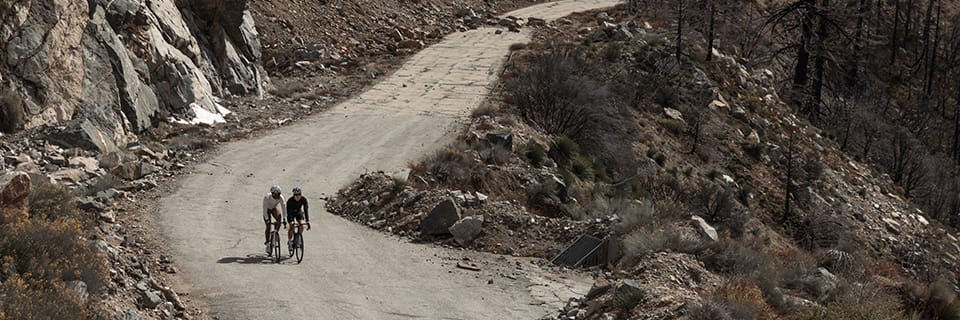Visit gravel handlebars handlebars allow you to adopt a comfortable, stable position to cope with all terrain movements on the trails, while retaining the characteristics of the road. You'll be able to ride on trails as well as on asphalt, for a pleasantly versatile ride. Here are all the secrets.
The standards
- Shape: round, compact, anatomical
- Diameter: 26; 31.8 or 35 mm
- Width: 40, 42, 44, 46, 48, 50 or 52 cm
- Material: aluminum or carbon
HANGER SHAPES
Just as on the road, there are different shapes of handlebars to suit the cyclist's requirements. To help you choose the one that's right for you, here are the different characteristics and their impact on the riding position:
Round

The Round is the historic and most classic shape. The height (drop*) and depth (reach*) are quite pronounced for a highly dynamic configuration in both low and mid-range positions.
The Compact

The Compact offers less height and depth than the Rond, making it easier to change positions quickly. The low and intermediate positions are also more comfortable than on a Rond, making it possible to ride longer in these positions.
The Anatomic

L'AnatomiqueL'Anatomique, which has more or less the same values as the Rond but with a flat zone to optimize the intermediate position, is ideal for sprinters.
HANGER WIDTHS AND DIAMETERS
Hanger width is the easiest information to find, and is usually measured from axis to axis. Some brands, such as Deda, measure on the outside of the cocottes. It's advisable to take the value (axis-axis) that's closest to your overall width at shoulder level.
The standard diameter is 31.8 mm. The diameter given is that of the stem, i.e. the center of the handlebars.
HANGER MATERIALS
Then there's the material of which the handlebars are made. These days, it's generally made of aluminum, for a good rigidity/weight/price ratio. However, to improve the stiffness/weight ratio, some are made of carbon. This type of handlebar optimizes performance and speed. It's designed for competition use or for those looking for good-looking equipment.
TECHNICAL FEATURES
The same features as on the road: reach, drop and backsweep.
Drop
The drop is the distance between the top tube axis and the bottom tube axis. It enables the position to be adapted to the rider's size or flexibility. A high drop offers a low, aerodynamic position. A low drop increases hands-down comfort and makes it easier to alternate positions on the handlebars.
Reach
The reach defines the distance between the axis of the handlebar top tube and the furthest point in the bend. It influences comfort and grip in the cockpit. A high reach affects the rider's position, which will be lower and more aerodynamic. A short reach makes it easier to alternate between "hand flat" and "hand on the cockpit", and promotes a more comfortable riding position.
Back sweep
The back sweep is the angle at which the handlebars return to the rider. A larger value means a shorter reach. This back sweep distributes the weight of the hands and wrists more evenly and places them in a more natural position.
The main difference is on the Flare. Where road handlebars traditionally have an angle close to 0°, gravel handlebars will widen to offer a more stable riding position and pleasant comfort.
Drop Flare
Drop Flare (or Flare) refers to the angle between the vertical of the hanger and the side of the hanger. The larger the Flare, the more the sides protrude outwards. This gives you a fairly wide stance that makes steering more stable. By positioning the hands at the bottom of the handlebars, the rider can benefit from a greater width than that of the cocottes, allowing the ribcage to be more open, compared with a traditional handlebar.
Flare Out
Some models also feature Flare Out, which widens the bottom of the handlebars. Flare out refers to the angle at which the sides of the handlebars flare out. Your elbows are lifted and spread for improved comfort. Greater flare enhances your control and confidence while riding.
WHICH HANDLEBARS FOR MY RIDING?
As with saddles, the choice of handlebars is a matter of personal taste. Aside from the aesthetic appeal of a gravel look, the main guiding factor is the type of gravel riding you do. Depending on the geometry of your bike, your morphology and your sensations, the model will change. The main question is whether to take the same characteristics as the road bike and transpose them to the gravel.
Here are a few guidelines to help you make your choice:
- First thing to know: gravel bikes have wider handlebars and a dropout that flares outwards. This makes for a stable, maneuverable ride.
- Gravel handlebars are also safer and more comfortable. In fact, unlike on the road, gravel handlebars emphasize control from the rider's seat. Since speed is less of an issue, the focus is on the rider's well-being as he tackles trails and shifting terrain.
- If your gravel riding includes a large proportion of road riding, you may want to choose handlebars that take on the characteristics of the road, so as to maintain a high level of aerodynamics.
- The length of your outings also influences your choice. If you spend a lot of time on the bike, you'll prefer a comfortable cockpit for a pleasant ride.
- And if you also use your bike to get around town, keep in mind that flared hangers make it harder to squeeze through the urban jungle.
Découvrez tous nos conseils & Tutoriels
Gravel - Handlebars
-

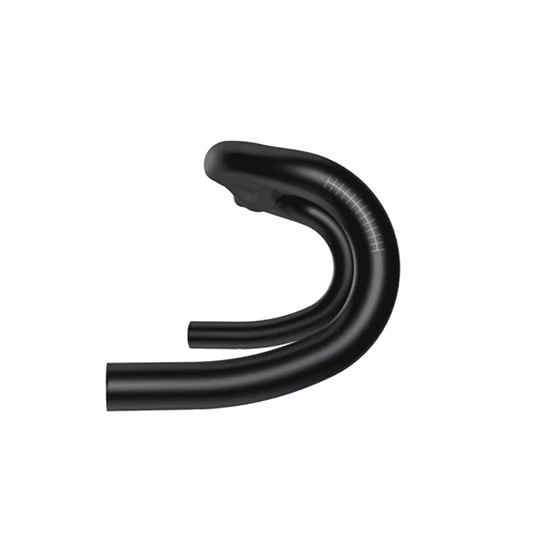
Gravel handlebar ZIPP SERVICE COURSE 70 XPLR Flare 10° Black
Regular price From 54,99 €Regular priceUnit price per -
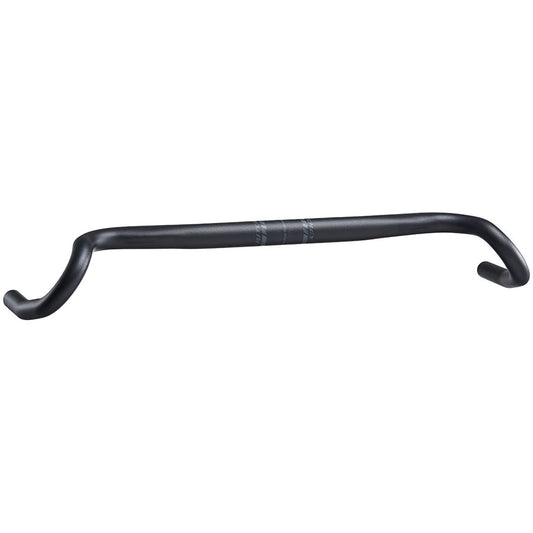
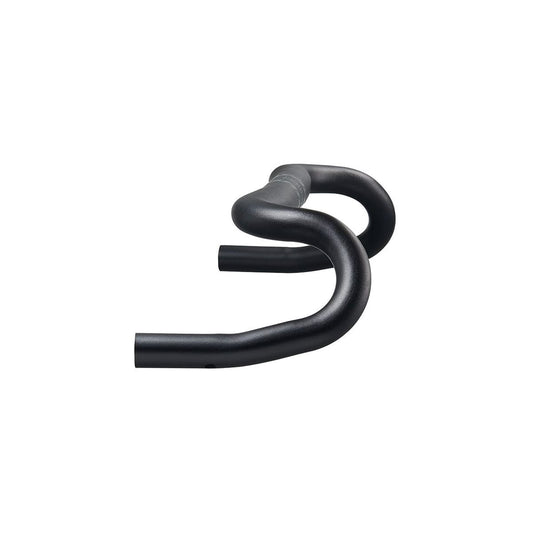
Gravel RITCHEY BEACON XL COMP Flare 36° handlebar
Regular price 49,99 €Regular priceUnit price per -
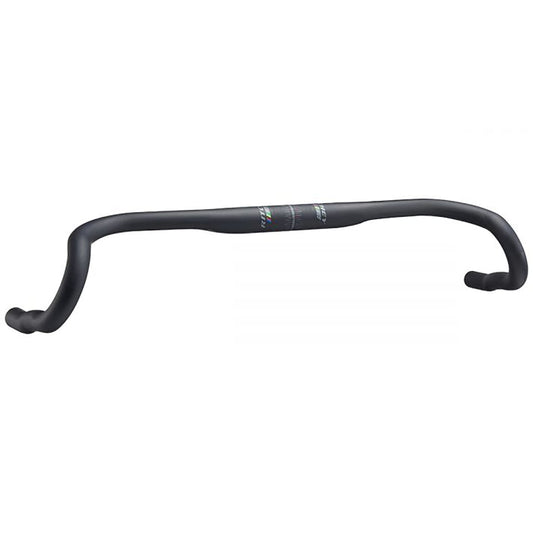
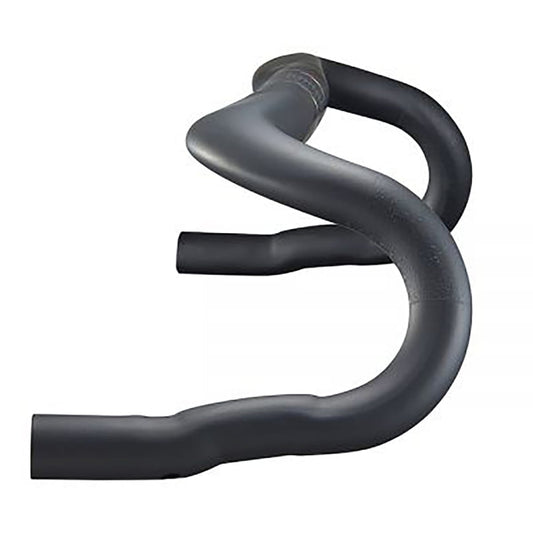
Gravel RITCHEY VENTUREMAX XL WCS Flare 24° handlebar - EPS/Di2
Regular price 99,99 €Regular priceUnit price per -
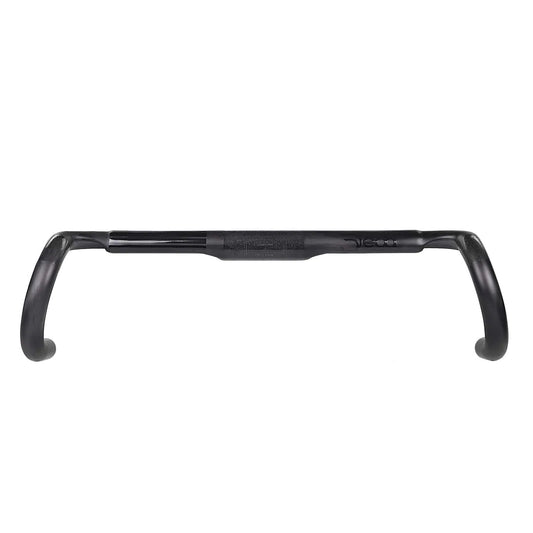
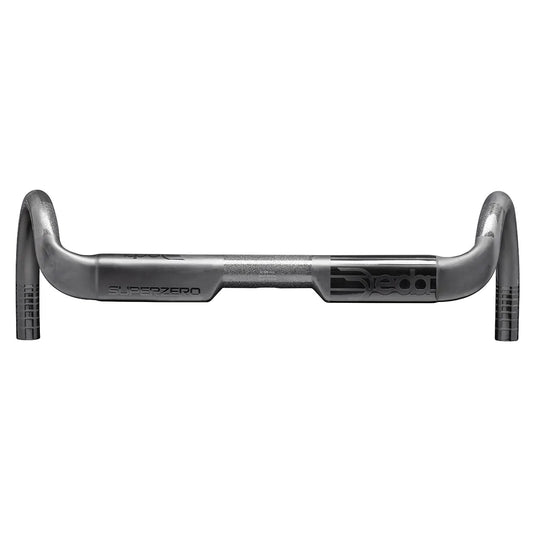
Gravel DEDA SUPERZERO CARBONE UD POB Finish Flare 16° handlebar
Regular price 299,90 €Regular priceUnit price per -
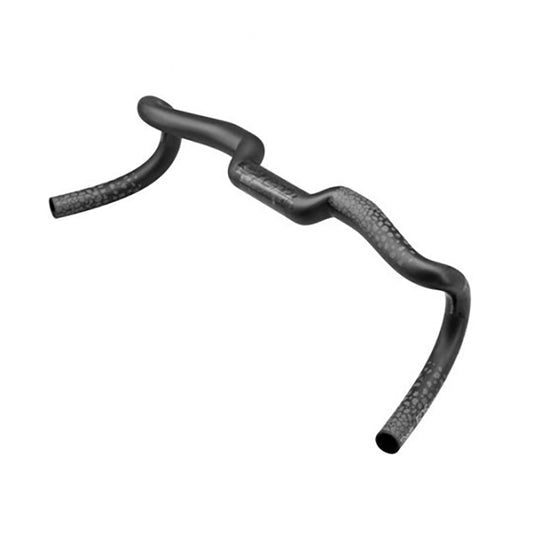
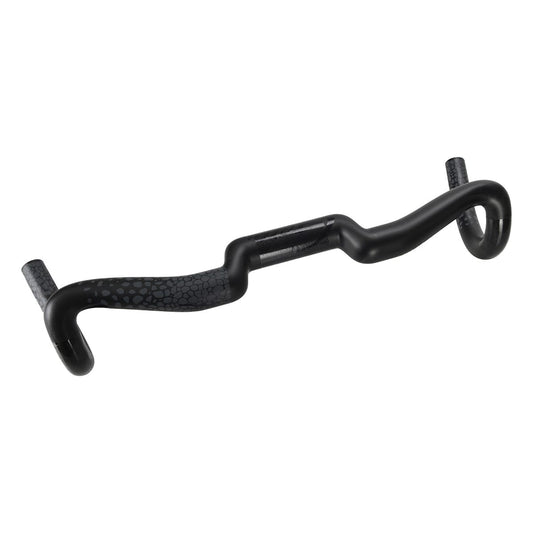
Gravel DEDA GERA EOS ENDURANCE POB Finish Carbon Flare 16° handlebars
Regular price From 249,90 €Regular priceUnit price per -
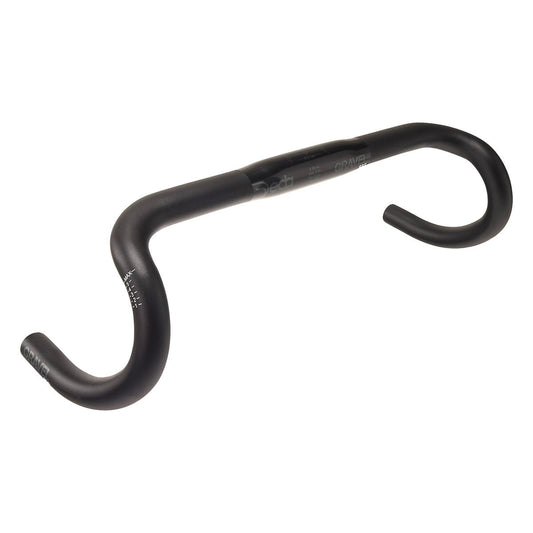
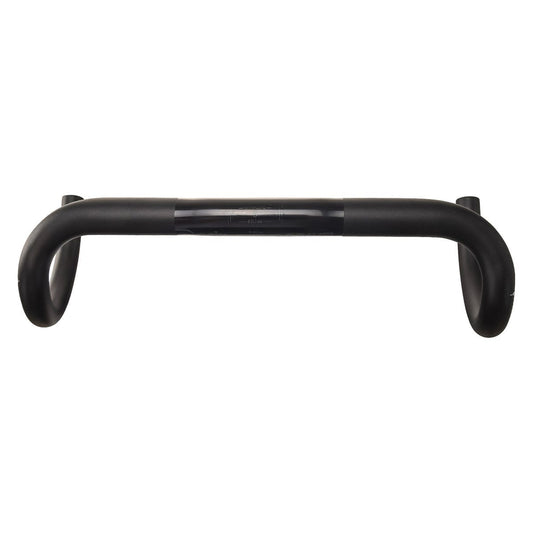
Gravel DEDA 100 RHM BOB Finish Flare 12° handlebar
Regular price 99,99 €Regular priceUnit price per -
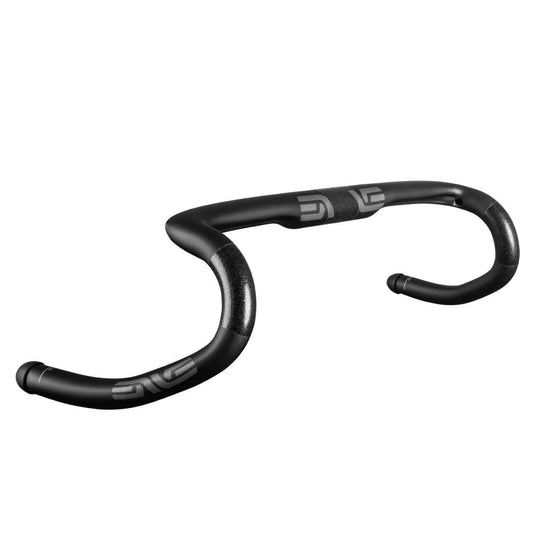
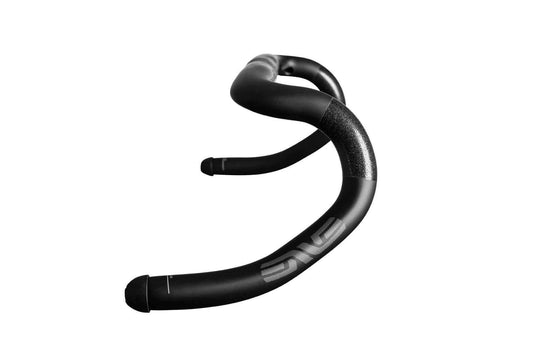
handlebar ENVE Gravel Passage Interne
Regular price 449,90 €Regular priceUnit price per -
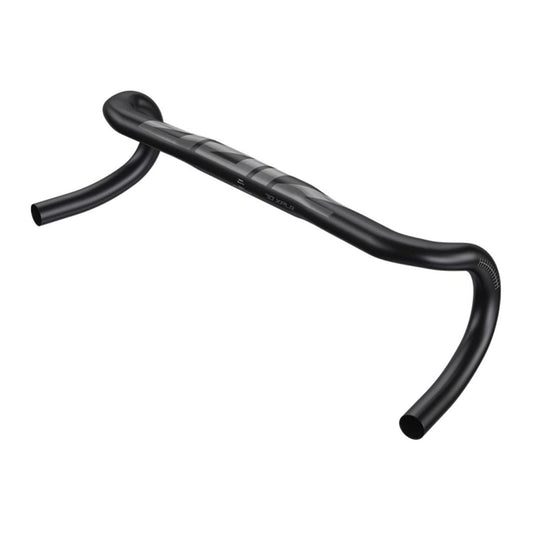
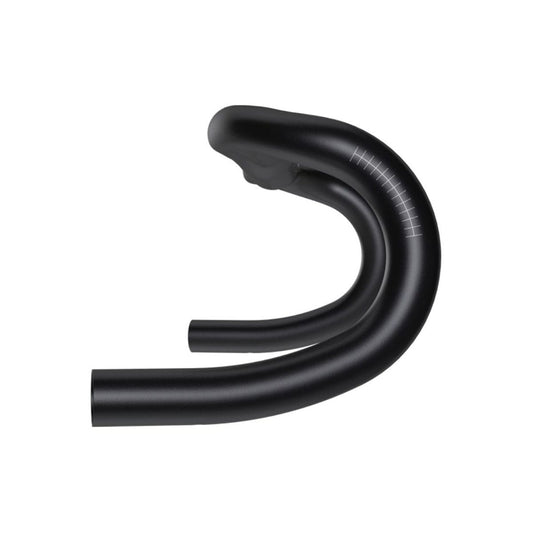
Gravel handlebar ZIPP SERVICE COURSE SL 70 XPLR Flare 10° Black
Regular price 119,90 €Regular priceUnit price per
